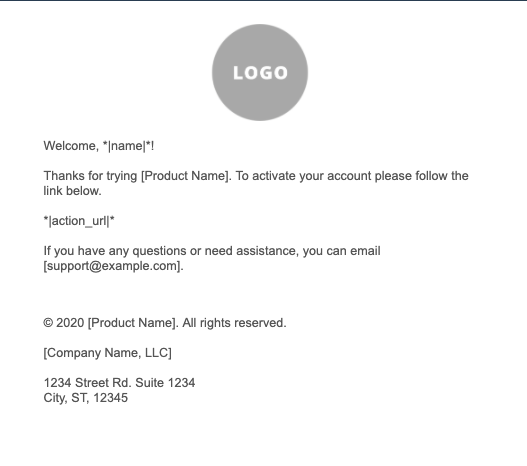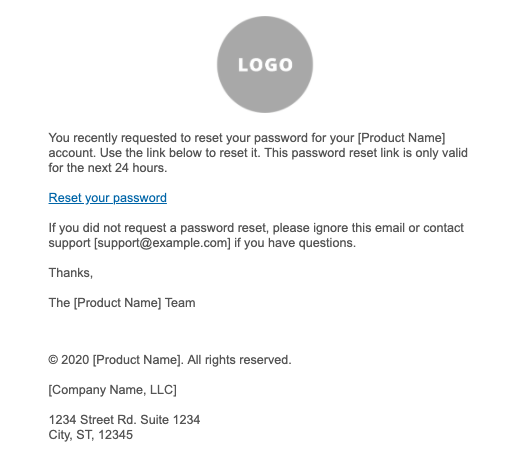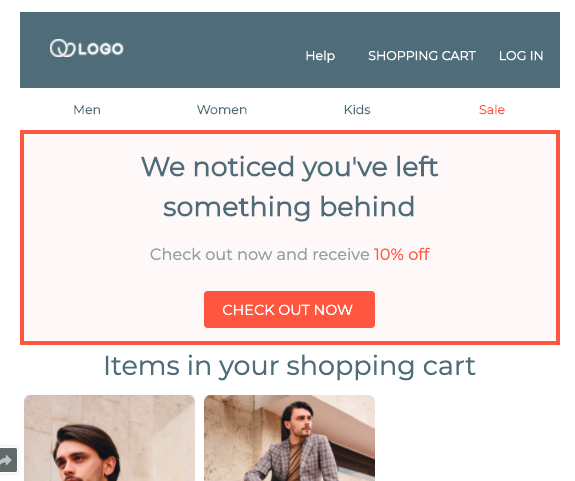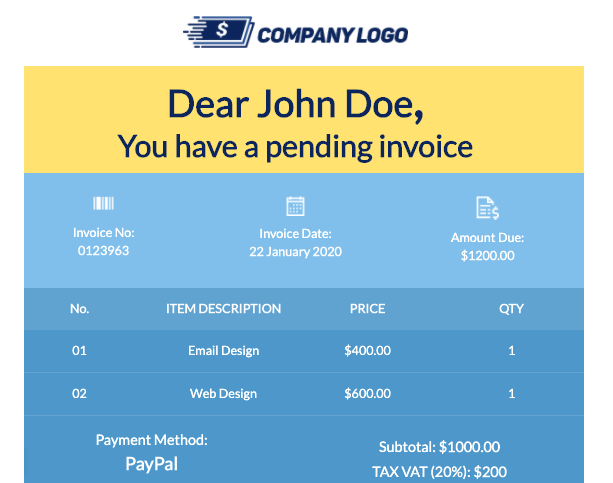Transactional emails are email messages that businesses need to send to facilitate a transaction, product or service requested by the customer. A transactional email is sent when an API request is made from a website or an application, based on customer interaction. A transactional email typically contains customer or transaction specific content as part of the email message. Some of the examples of transactional emails are password resets, purchase or signup confirmations, and receipts.
Transactional Email Examples
Here are various examples of transactional email types:
- Order confirmation is the most common transactional email type. It typically inform customers about the details of a transaction, product or service purchase, as well as shipment or delivery information.
- Shipping notification lets customers know when their purchase has been processed and is on its way. It typically includes tracking information and/or link to let a customer know when to expect a delivery. These type of emails help automate customer service and reduce customer inquiries via phone or email.
- Delivery confirmation often includes detail about the delivery, for example exact time of the delivery, and helps manage customer expectations and experiences.
- Double opt-in or signup confirmation emails give customer an opportunity to take explicit action of staying on someone’s list or getting themselves removed, for example in case of a wrong email being provided by someone.
- Password reset emails allow your customers to continue access to your product. These emails are typically very simple, but have prominent branding and clear instructions on the required action.
- Invoice emails are transactional messages that informs customers of a payment that is due.
Transactional Email API
Most email service providers allow passing the entire email body as a part of the API call and many, like BigMailer, also allow you to send parameters to be inserted into a pre-defined email template that is stored on the provider platform rather then stored as part of the application that makes the API calls. Not storing the email template inside the application code allows easy and quick edits to be made by a marketer, without a need to update application code by a developer, allowing an ongoing optimization and easy review.
In order to get detailed engagement reporting for your transactional emails you need to setup a separate transactional campaign for each type of transactional email you want to send. It’s not uncommon for the 1st email to a subscriber to have a high hard bounce rate, due to typos or bot signups. High hard bounce rate can hurt sender reputation and have a negative impact future inbox placement. Adding real-time API based email verification at the time of data collection can help avoid sending emails to invalid email addresses and protect sender reputation.
How to Setup a Transactional Email Campaign in BigMailer
Create a transactional campaign by clicking on “Create New” button on the campaigns dashboard page, then select Transactional Campaign on next screen.
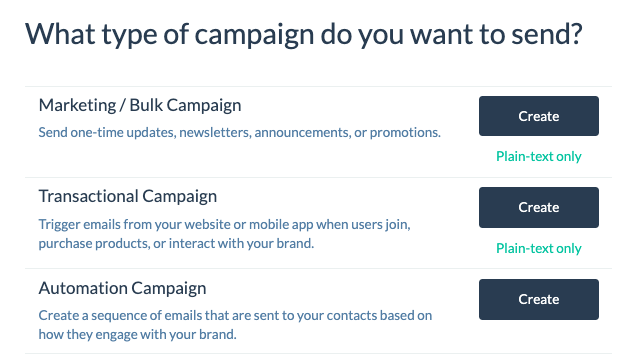
Follow these instructions on the campaign screen:
- Choose what list to add customers to when a transactional email is triggered. For example, you can create a list named “Paid Subscribers” or “Members” you can later on exclude from a bigger list like “Newsletter Subscribers” when sending promotional emails. Avoid adding customers directly into system-defined parent “All Contacts” list as it can have unintended consequences later on. Read more bout list management in BigMailer.
- Create an email template and customize your message with merge tags. Your template in BigMailer can be more like a wrapper, with entire message body passed in as an HTML block, or you can pass just some data points to insert into a template like invoice details, transaction receipt, or transaction confirmation.
You can use liquid templating in the preview field and template body, but not in subject line, to specify default value if a field is empty.
*|DEFAULT:FIRST_NAME, ‘Friend’|*
You can also add IF/ELSE conditions to customize your message body. Please refer to merge tags document for merge tags syntax and examples.
- Trigger an email from your application by calling BigMailer API and passing variables to insert data into your email. You will need to generate an API key on your API page to authenticate your API calls.
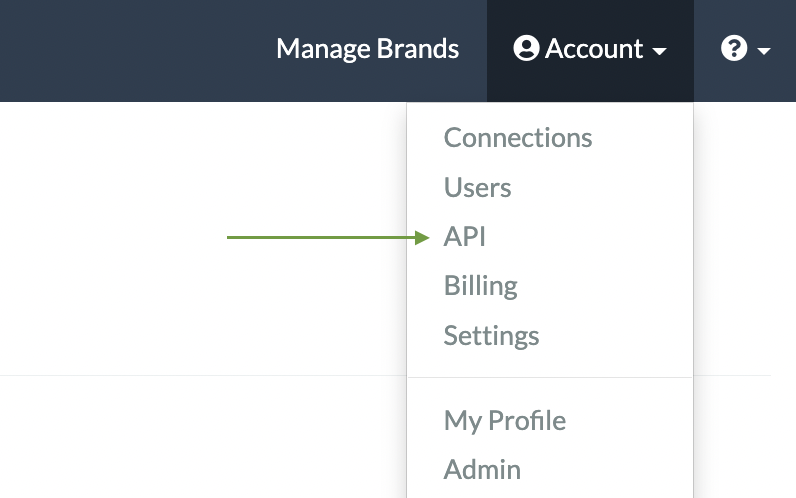
Please refer to our API documentation for more info and to see API call examples.
Transactional Email Templates
Transactional email templates can be very simple text-like or fully designed and branded templates, for example hotel booking confirmations. Here are some examples of transactional email templates you can find in BigMailer library:
